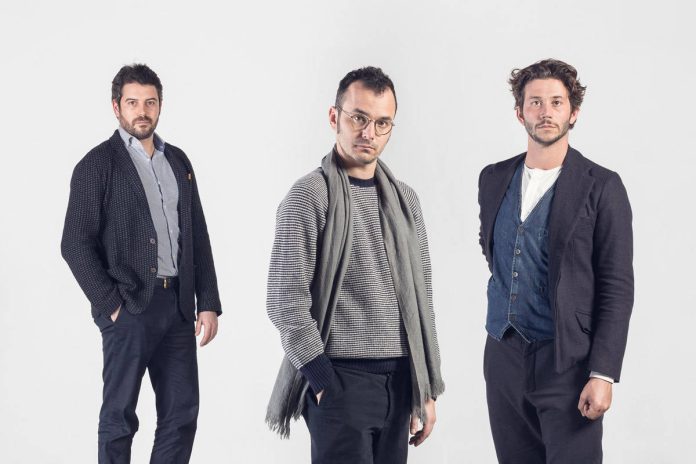How did the adventure of Segno Italiano begin?
All the founders had worked abroad as designers and architects. During this time we realized that, especially outside of Italy, there is a great "hunger" of Italian craftsmanship. We try to answer this request, one the one hand working on the new edition and updating of accessories and furniture almost completely abandoned or only made in small series, on the other hand by organizing a global distribution channel.
Your approach call into question the fgure of classic designer.
Our ambition is to design a whole system and not only the individual object. We like to go in tiptoe in the shops, without the presumption of teaching a craftsman, who is often the heir of a long family tradition of two or three generations. Instead we want to establish a working relationship with him.
In this way you raised some manufacturing now abandoned now abandoned, as for example Empoli’s Green Glass one…
We missed a container for liquids and we started to investigate glass issue. We learn Empoli’s district of "bufferia", where, with a suggestive technique, the fiasco for Chianti wine was produced up to twenty years ago. The glass masters used the incandescent glass paste making use of metal pipes, blowing it into the molds. Then they modeled it up to make it assume the desired shape. It was a demanding way and for this reason, it has been supplanted by the industrial sector for a long time up to now.
What was your contribution in the fiasco design?
The fiasco is a timeless archetype, so beautiful in its shape that it didn’t require any interventions. We realized it in its original version, expanding its colour palette to clear and amber glass. We also created a collection that includes smooth and ashlar pitchers and glasses.
How do you market your products?
Through large retailers, showrooms, architects and above all thanks to a system of e- commerce that covers our biggest catchment area: the international market.
You manage to offer a contemporary appeal to the archetypes of our handcrafted culture. As for Este’s ceramics…
The shaped pumpkin tureens of Este’s tradition and fruit’s triumphs are traditionally hand-painted. Instead, we introduce a total white version of them because we felt that this choice would befit their extraordinary materiality obtained by the use of Girolamo Franchini’s original casts dating back to '700. Moreover, in our view, this subtraction gives the collection a very current look.
Which is your proudest project?
After 50 years, we produce the chair Tigullina again. A product of a surprising contemporary that we assemble by hand using the original materials, in compliance with the technique developed by Chiavari’s artisans in the last 200 years: cherry , beech and rattan for the plot. Then Tripolina, a folding English chair. During the Libian war, Italians discovered and started to enforce it. This year we revived it with a leather seat, a wood stained black frame, brass-plated joints and producing the model on display at Palazzo Bianco again. We also presented unpublished forms. A project that addresses the desire to expand our catalog with an object with a fascinating history but also of unquestionable modernity.







